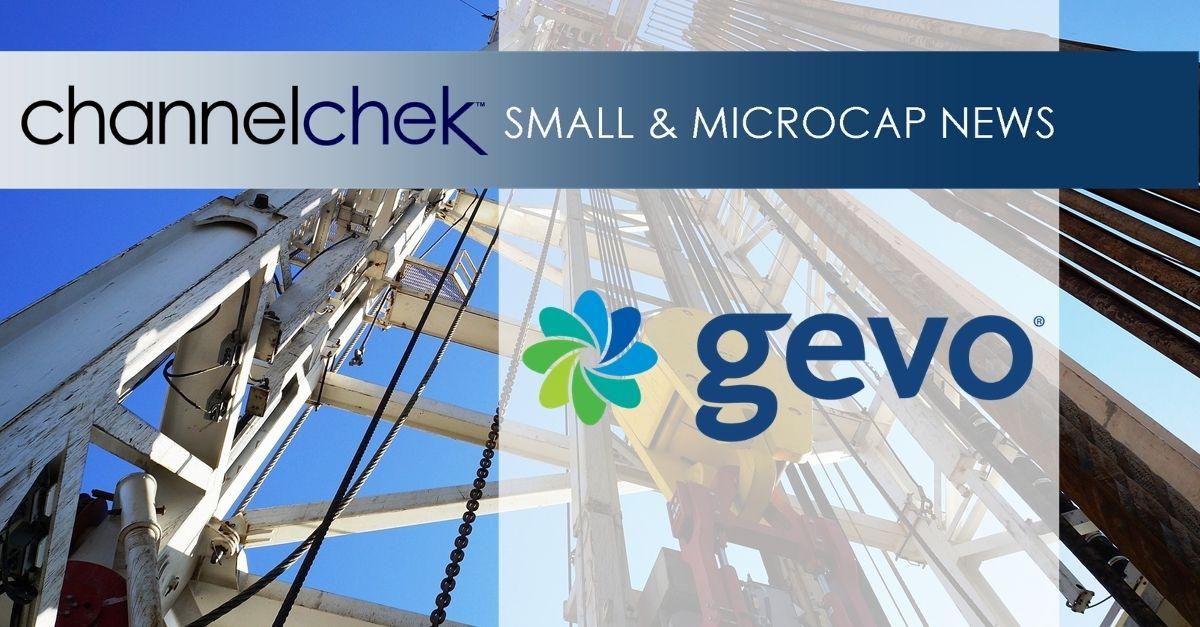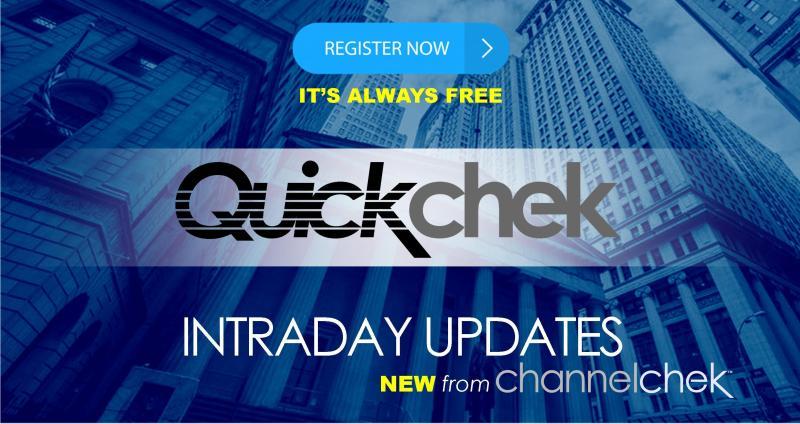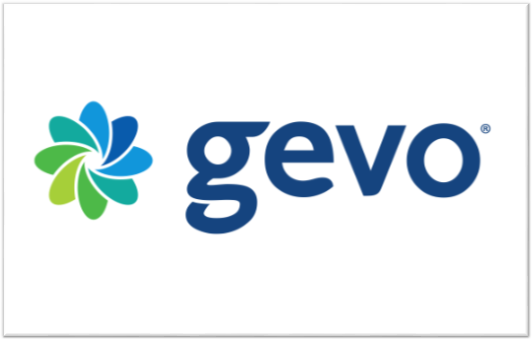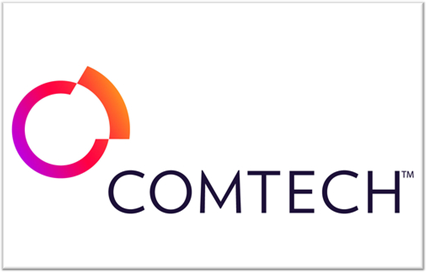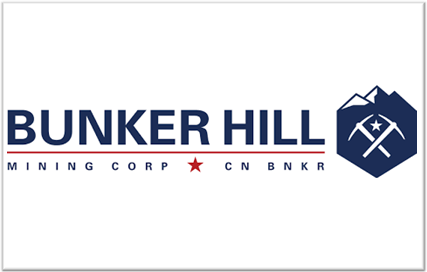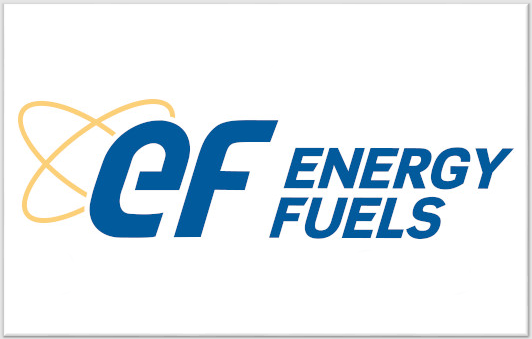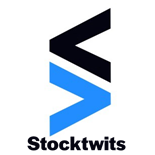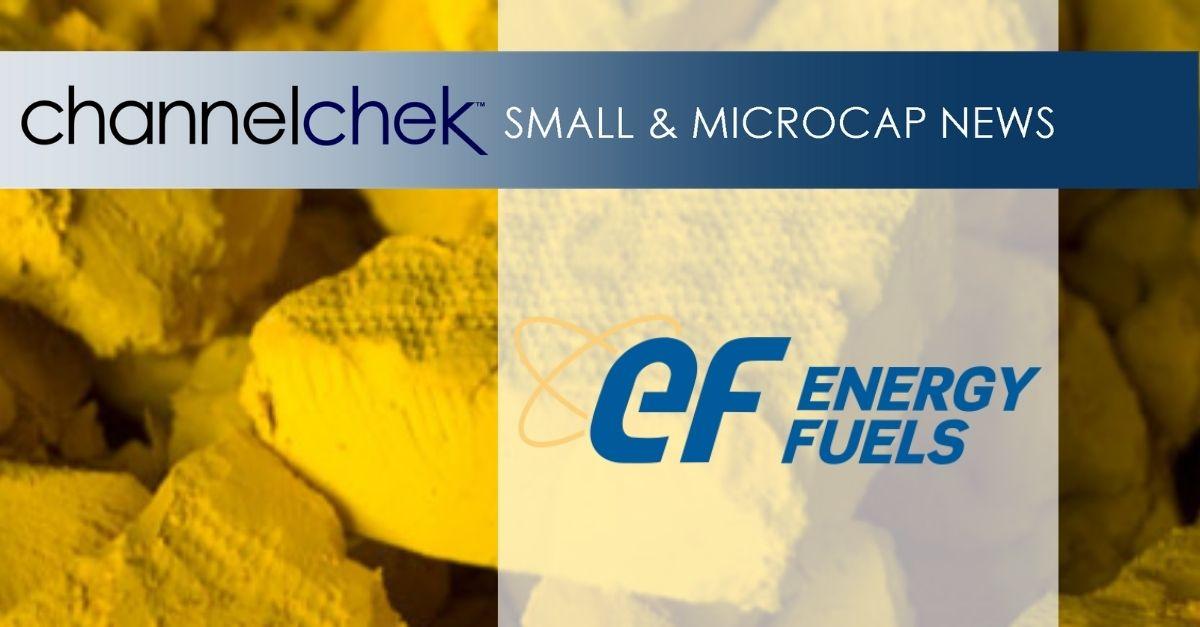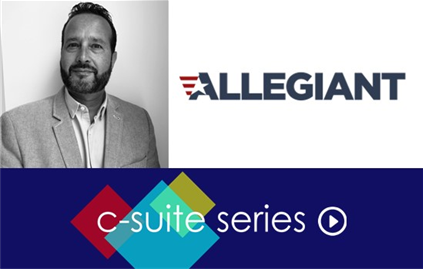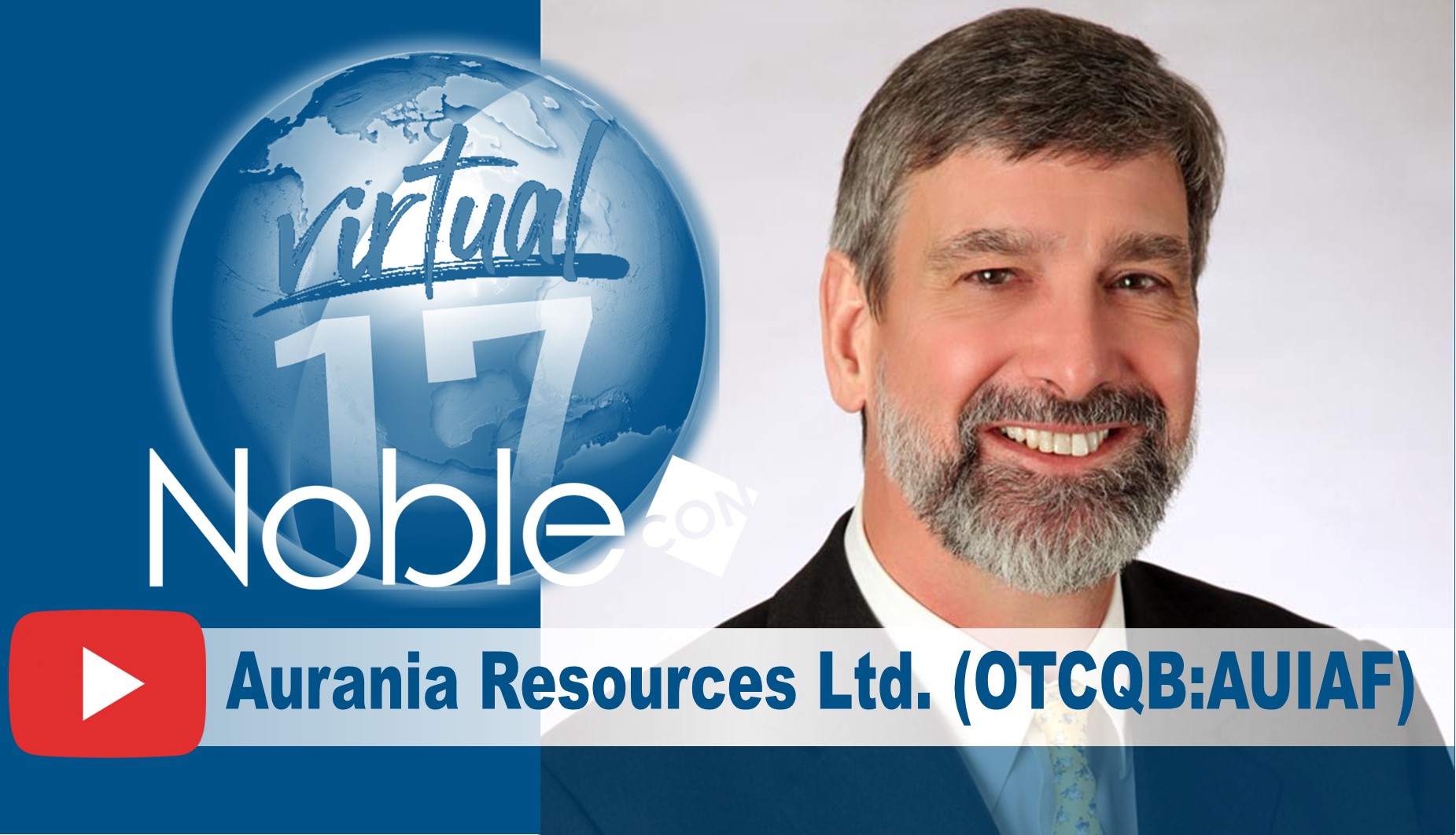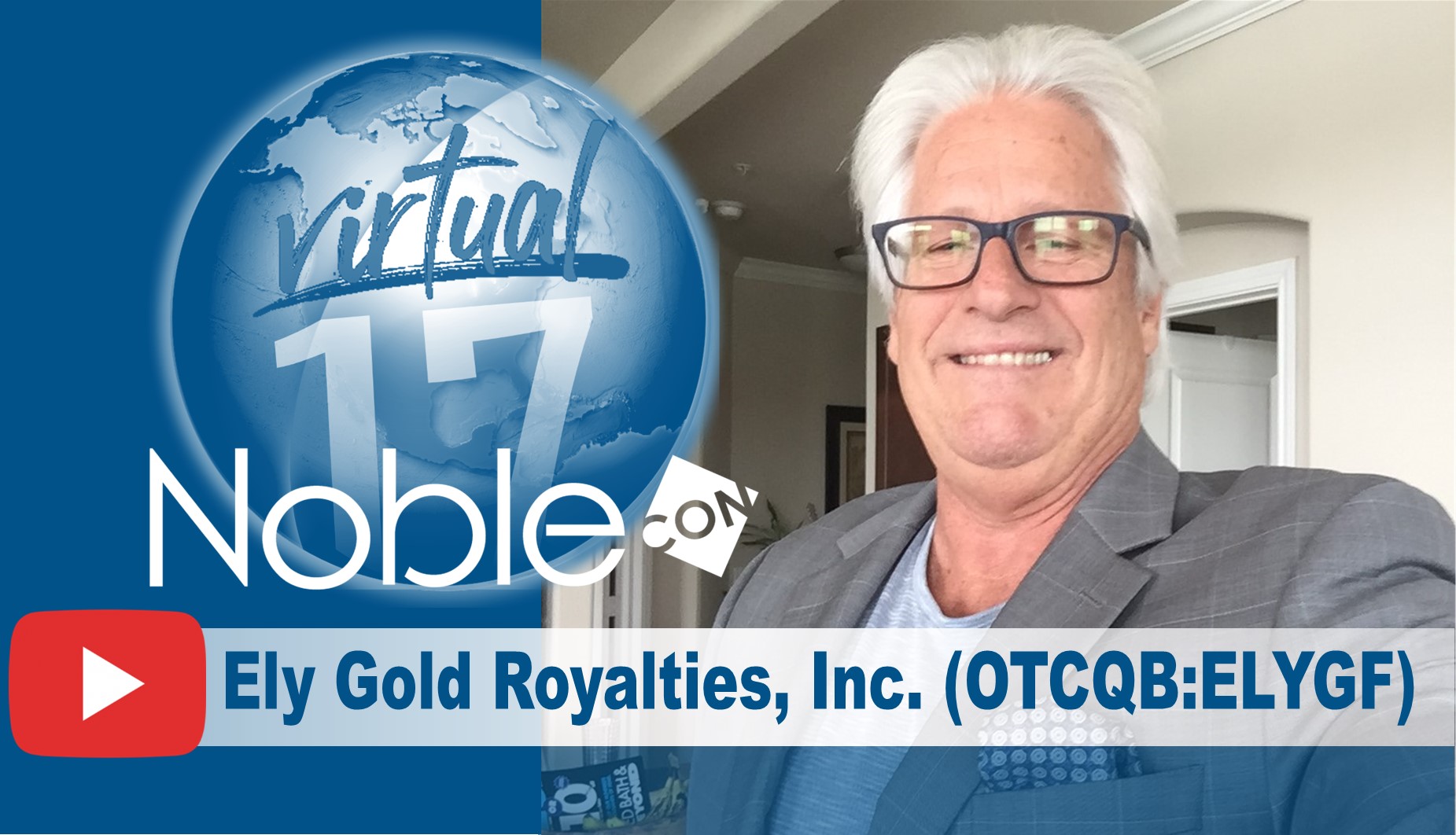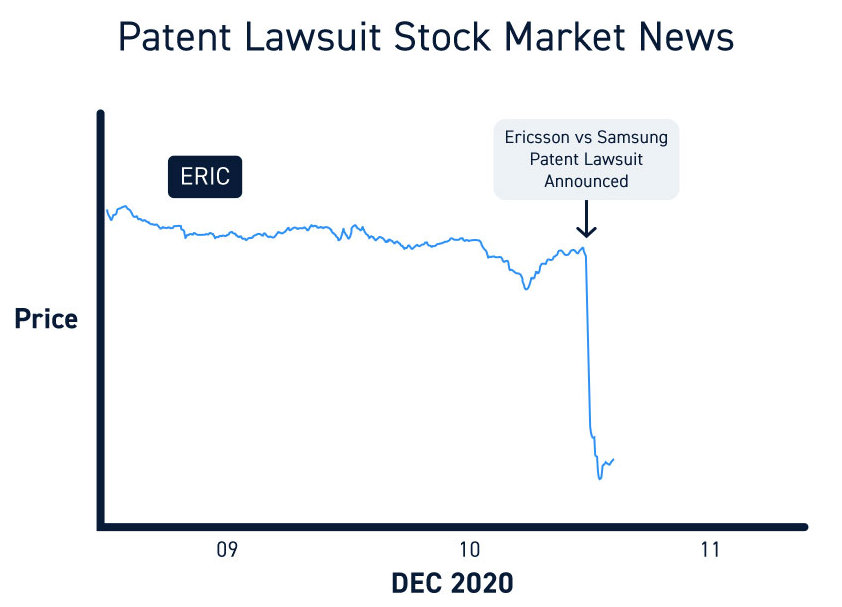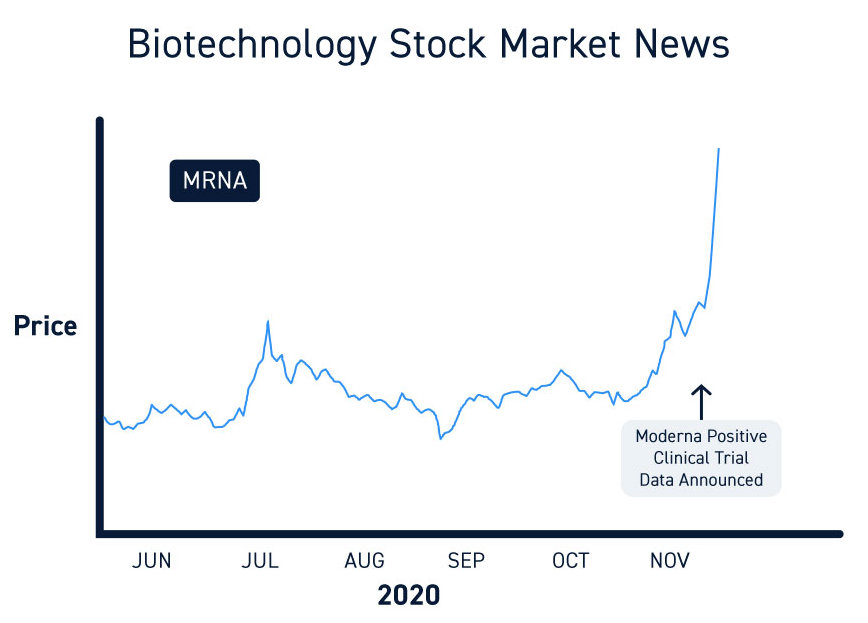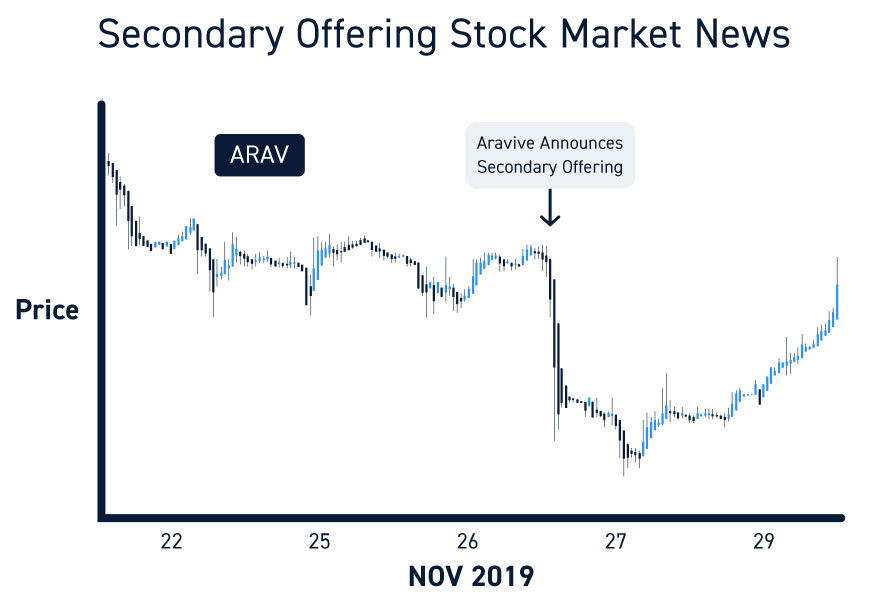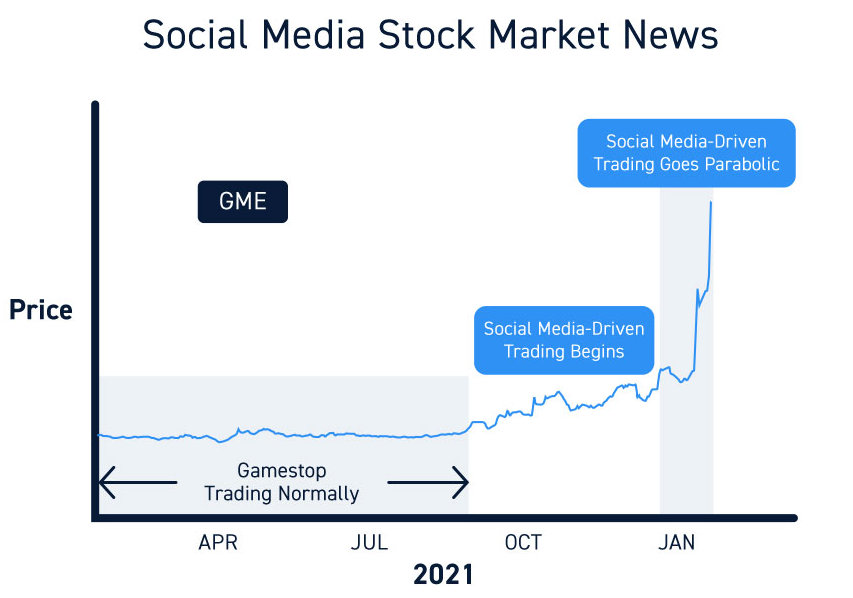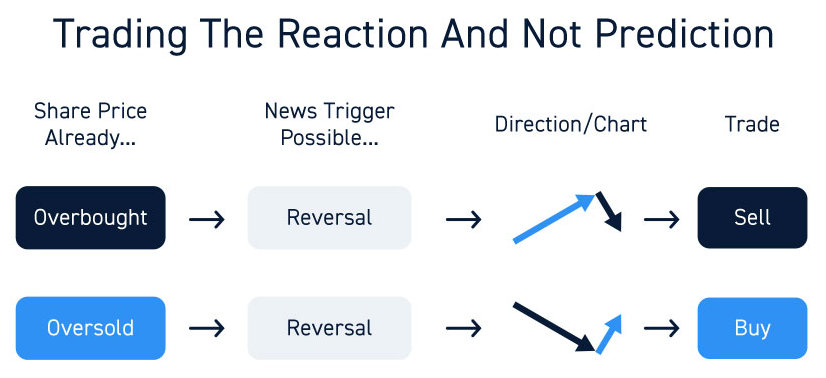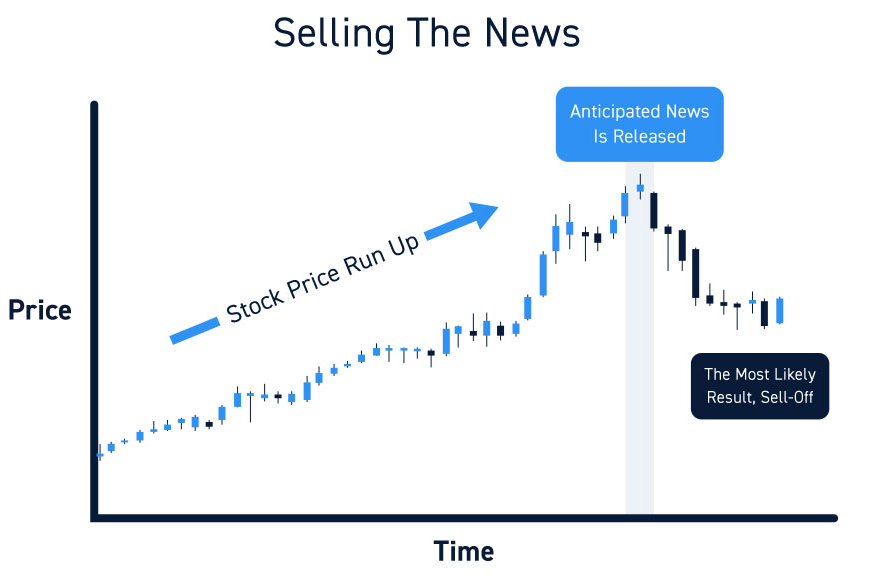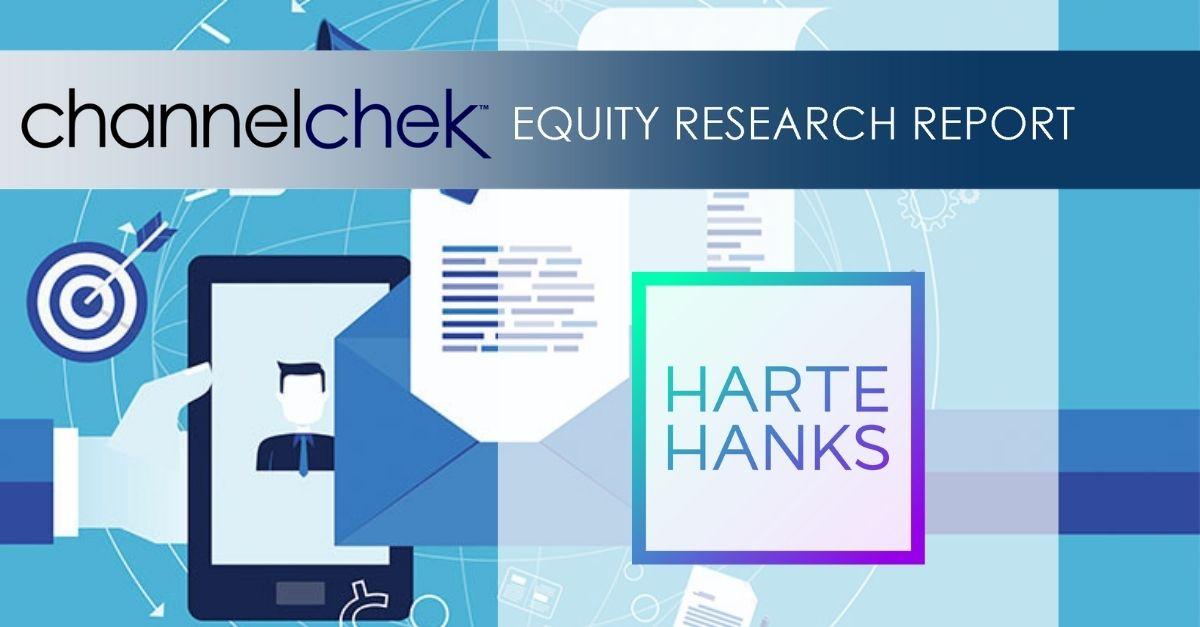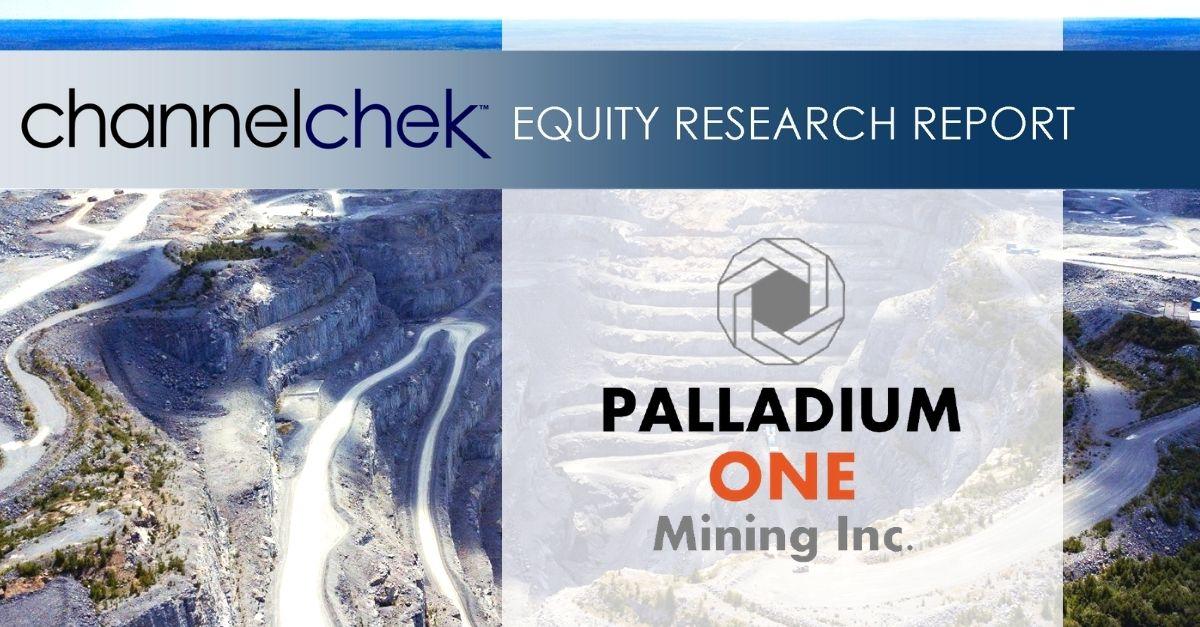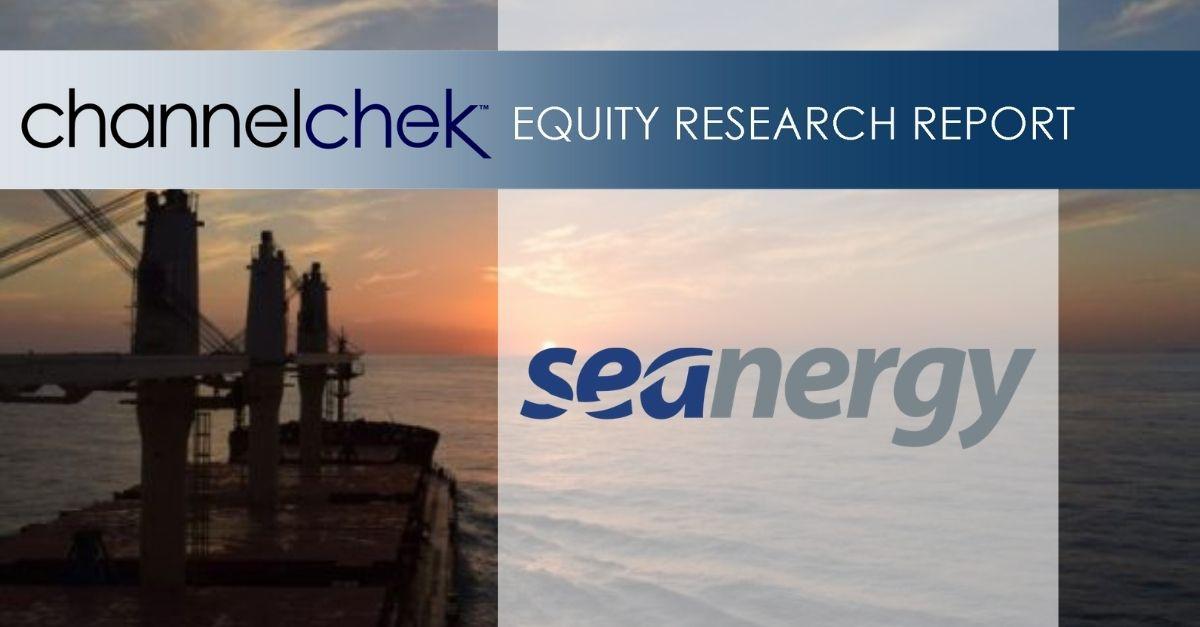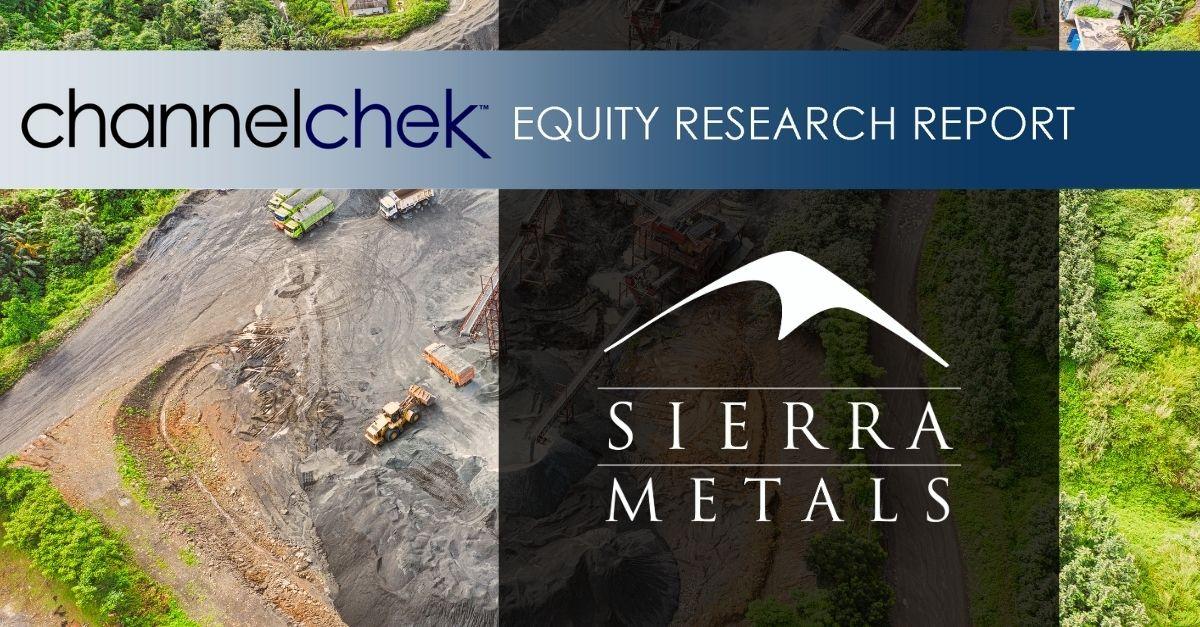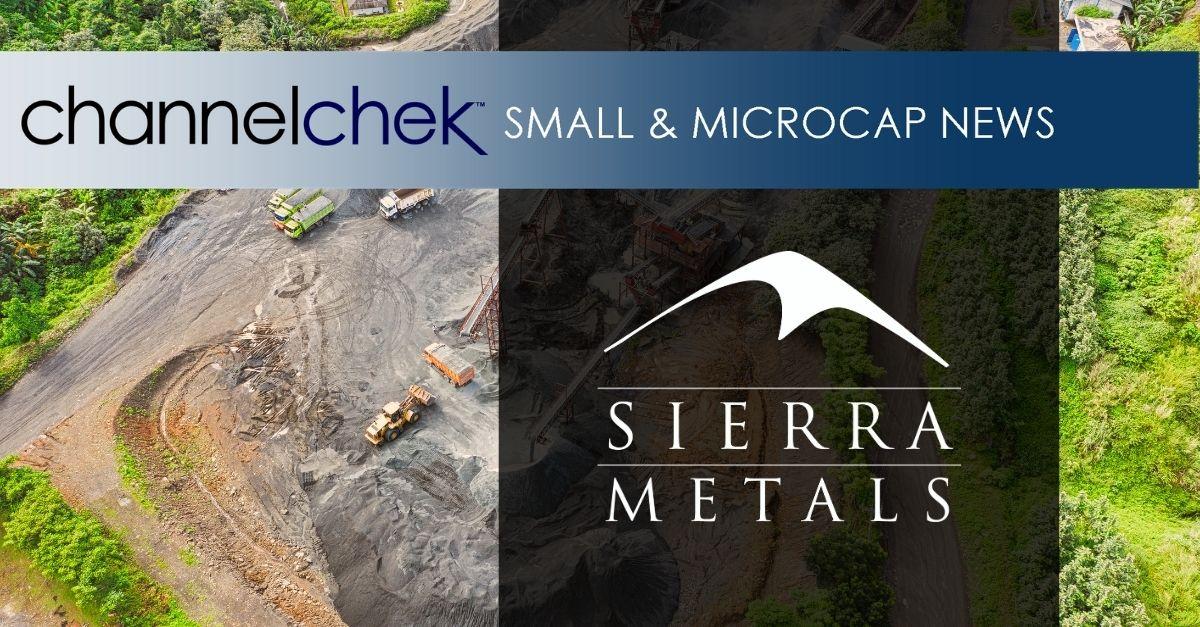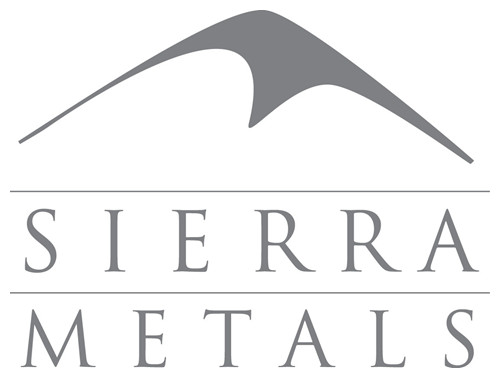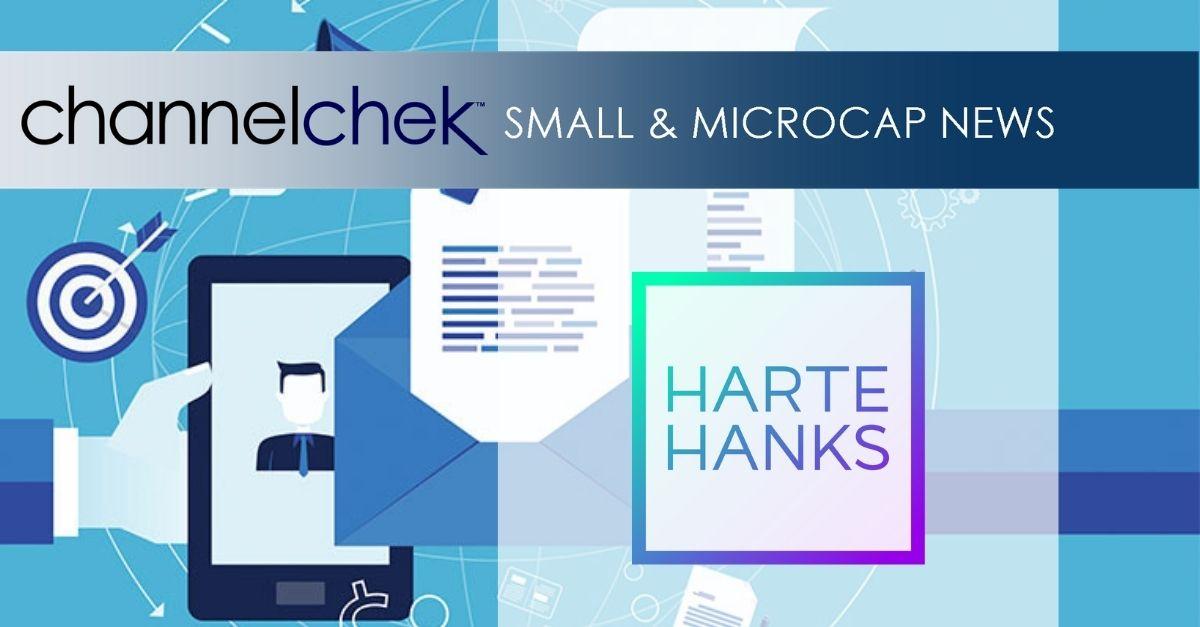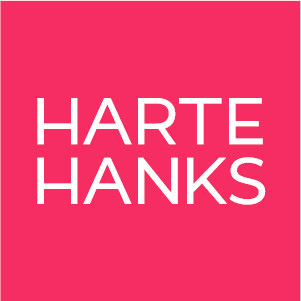LAKEWOOD, Colo., March 22, 2021 /CNW/ – Energy Fuels Inc. (NYSE: UUUU); (TSX: EFR) (“Energy
Fuels” or the “Company”) today reported its financial results for the year ended December 31, 2020. The Company’s annual report on Form 10-K has been filed with the U.S. Securities and Exchange Commission (”
SEC“) and may be viewed on the Electronic Document Gathering and Retrieval System (“EDGAR“) at www.sec.gov/edgar.shtml, on the System for Electronic Document Analysis and Retrieval (“SEDAR“) at www.sedar.com, and on the Company’s website at www.energyfuels.com. Unless noted otherwise, all dollar amounts are in U.S. dollars.
Highlights:
- Working capital at December 31, 2020 was $40.2 million, a $19.7 million increase over the Company’s $20.5 million working capital balance at December 31, 2019. The Company’s December 31, 2020 working capital balance of $40.2 million included $22.4 million of cash and marketable securities and $27.6 million of inventory, including approximately 690,700 pounds of U.S. origin uranium produced at the Company’s facilities and 1,672,000 pounds of high-purity vanadium in the form of immediately marketable product.
- Due to our recent share price strength, the Company raised gross proceeds of $30.4 million on its at-the-market equity program between January 1, 2021 and March 18, 2021, at a weighted average price of $5.53 per share, further enhancing the Company’s financial position. With this strong working capital position, the Company is well positioned to react very swiftly to market opportunities as they arise, particularly with respect to any ramp-up of uranium production needed in response to the proposed strategic national U.S. Uranium Reserve (the “Uranium Reserve“), and to fund capital requirements and other expenditures needed for our developing rare earth element (“REE“) business.
- On October 6, 2020, the Company announced it was debt free, following the full retirement of all of its floating rate convertible unsecured subordinated debentures.
- For the year, uranium production totaled approximately 196,500 pounds of U3O8, and vanadium production totaled approximately 67,000 pounds of V2O5.
- On April 13, 2020, the Company announced its entry into the REE business. By October 2020, the Company had produced on a pilot-scale an intermediate REE product (mixed REE carbonate) from natural REE- and uranium-bearing monazite sands at its White Mesa Mill. Significant quantities of monazite are currently mined as a byproduct of heavy mineral sand operations that primarily recover zircon and titanium in the U.S. and elsewhere in the world. In December 2020, the Company announced that it was entering commercial production of mixed REE carbonate in 2021 following the completion of an agreement on December 14, 2020 to purchase a minimum of 2,500 tons of monazite per year for three years from a facility located in Georgia, USA owned by The Chemours Company (“Chemours“).
- On March 1, 2021, the Company and Neo Performance Materials (“Neo“) announced the launch of a new U.S.-European REE production initiative. The initiative is expected to produce value-added REE products from natural monazite sands. Energy Fuels plans to process the monazite sands into a mixed REE carbonate at its 100% owned White Mesa Mill in Utah and sell this product as feed material for Neo’s value-added separated REE production plant in Europe.
- On March 9, 2021, the Company announced that the first shipments of natural monazite ore from Chemours had arrived at the Company’s White Mesa Mill. These first shipments mark the beginning of operations for what we believe will become a burgeoning supply chain. This is a key milestone for the Company, as we work to create, refine, and grow a sustainable rare earth supply chain capable of supplying growing demand for clean technologies in the U.S. and Europe.
- Energy Fuels is also continuing to evaluate developing its own REE separation and other value-added U.S. REE production capabilities at the White Mesa Mill in the future.
- No material uranium sales were completed during the year, and the Company is strategically maintaining its uranium inventory for future sales in anticipation of higher uranium prices, potentially as a result of the proposed creation of the Uranium Reserve or due to generally improved uranium market conditions.
- The Company completed no material vanadium sales during the year. At this time, the Company expects to maintain its V2O5 inventory for sale in the future to capitalize on potential future price increases in vanadium markets. Vanadium prices are currently increasing, and as of March 12, 2021, the mid-point spot price of V2O5 in Europe had increased roughly 60% since the end of 2020.
- The Company had an operating loss of $24.6 million during 2020, compared to $40.6 million during 2019.
- On December 21, 2020, the U.S. Congress passed an omnibus appropriation bill that included $75 million to create the proposed Uranium Reserve. The President signed the bill into law on December 27, 2020. This funding opens the door for the U.S. government to purchase domestically produced uranium to guard against potential commercial and national security risks presented by the United States’ near total reliance on imported uranium.
- On September 14, 2020, the U.S. Department of Commerce (“DOC“) obtained Russia’s agreement to extend limits on uranium imports into the U.S. through 2040 under an extended Russian Suspension Agreement (“RSA“). The DOC won important concessions from Russia, including lower quotas, allowing only a portion of the quotas to be used for the sale of U3O8 and conversion, and strict controls on returned feed under Russian enrichment service contracts.
- On December 21, 2020, the Company published its first Sustainability Report describing its ongoing commitment to the environment, worker health, public safety and social responsibility. The report highlights the Company’s increasing role in combatting climate change through producing and recycling carbon-free energy resources. The Sustainability Report is publicly available on the Company’s website here.
Mark S. Chalmers, Energy
Fuels’ President and CEO, stated:
“2020 was a transformative year for Energy Fuels, as we worked on developing a rare earth business complementary to our core uranium business. As a result, we believe we have clearly emerged as the key U.S. hub for the raw materials that make many clean energy and advanced technologies possible, including uranium, rare earths and vanadium, all of which are considered ‘critical minerals’ by the U.S. government.
“Starting with our core business, Energy Fuels continues to be the leader in U.S. uranium, as we again led the U.S. in uranium production for the 4th year in a row. Although we are maintaining production at reduced levels for now, our three production facilities in Utah, Wyoming and Texas have a combined capacity to produce more uranium than any other U.S. company. We can quickly deploy this capacity toward improved uranium markets or U.S. government purchases for the strategic national Uranium Reserve. We were pleased to see the U.S. government recognize the strategic importance of our industry when Congress appropriated $75 million for the creation of the proposed Uranium Reserve. We believe our facilities are natural candidates to receive a significant portion of this money, as they have long track records of proven, low-cost production from our multiple projects.
“Last year, it became clear that Energy Fuels might hold the key to restoring sustainable, low-cost, domestic rare earth production in the U.S., which has been a priority for the government and private industry for many years. I’m not exaggerating when I say that rare earths at Energy Fuels’ White Mesa Mill in Utah might be the best resource opportunity I’ve encountered in my 45-year mining career. One of the best naturally occurring rare earth minerals, monazite, is currently mined in the U.S. and elsewhere around the world as a byproduct of other metal mining. However, it is all sold to China’s rare earth industry, due to the presence of uranium and other radionuclides. Recovering and managing these radionuclides requires special licenses and expertise, which we have at our White Mesa Mill. We produced an intermediate rare earth carbonate product on a pilot scale at the Mill in October 2020, which was the first rare earth carbonate production from monazite in the U.S. in over twenty years. In 2020, we also began working with Chemours and Neo to jointly develop a fully integrated U.S.-European rare earth supply chain using monazite mined in Georgia by Chemours, processed in Utah by Energy Fuels for the recovery of uranium and an REE carbonate, with the REE carbonate then manufactured by Neo into value-added rare earth products in Europe. In December 2020, we entered into a 3-year supply agreement with Chemours for monazite. And this month, we entered into an agreement in principle, subject to completion of definitive agreements, to sell our mixed rare earth carbonate to Neo, thereby achieving our objective of creating this fully-integrated rare earth supply chain. We expect to commence commercial production of rare earth carbonate at the Mill in April, 2021. I’m proud to say that we’ve accomplished all of this in less than one year, and if we’re successful in ramping up, we will be producing a rare earth product at a more advanced stage than any other U.S. company, which is receiving significant international attention. We look forward to providing further updates on our progress on rare earths.
“Finally, we significantly strengthened our balance sheet in 2020, setting the stage for us to grow our uranium and rare earth businesses. We had $40.2 million of working capital at December 31, 2020, and we paid off all of our debt in October. Our working capital includes 690,700 pounds of uranium valued at $23.79 per pound and 1,672,000 pounds of vanadium valued at $5.11 per pound on our balance sheet. Currently, the uranium spot price sits at $27.40 per pound, which is 15% higher than our balance sheet carrying value, and the vanadium spot price is $8.33 per pound, which is 63% higher than our balance sheet carrying value. We are closely tracking developments in the uranium and vanadium markets to determine when to sell this material. However, today’s markets are having a material positive effect on our financial position, putting us in an excellent position when we choose to monetize some of these inventories.
“There is renewed interest in the uranium sector, our progress on rare earths has exceeded our highest expectations, and vanadium prices are rising. We are off to a fantastic start in 2021, and I am excited to see what 2021 will bring for Energy Fuels and our shareholders.”
Webcast on Tuesday, March
23, 2021 at 4:00 pm ET (2:00 pm MT):
Energy Fuels will be hosting a video webcast on Tuesday, March 23, 2021 at 4:00 pm ET (2:00 pm MT) to discuss its 2020 financial results and other corporate initiatives. To join the webcast, please click on the link below to access the presentation and the viewer-controlled webcast slides:
Energy Fuels’ FY-2020 Results
If you would like to participate in the webcast and ask questions, please dial (888) 664-6392 (toll free in the U.S. and Canada).
A link to a recorded version of the proceedings will be available on the Company’s website shortly after the webcast by calling (888) 390-0541 (toll free in the U.S. and Canada) and by entering the code 947332#. The recording will be available until April 6, 2021.
Selected Summary Financial
Information:
|
|
|
|
|
|
|
|
$000’s, except per share data
|
|
Year ended
December 31, 2020
|
|
Year ended
December 31, 2019
|
|
Year ended
December 31, 2018
|
|
Total revenues
|
$
|
1,658
|
$
|
5,865
|
$
|
31,721
|
|
Gross profit (loss)
|
|
1,658
|
|
1,918
|
|
16,969
|
|
Operating profit (loss)
|
|
(24,627)
|
|
(40,581)
|
|
(21,312)
|
|
Net income (loss) attributable to the company
|
|
(27,776)
|
|
(37,978)
|
|
(25,245)
|
|
Basic and diluted loss per share
|
|
(0.23)
|
|
(0.40)
|
|
(0.30)
|
|
|
|
|
|
|
$000’s
|
|
As at December 31,
2020
|
|
As at December 31,
2019
|
|
Financial
Position:
|
|
|
|
|
|
Working capital
|
$
|
40,158
|
$
|
20,534
|
|
Property, plant and equipment, net
|
|
23,621
|
|
26,203
|
|
Mineral properties, net
|
|
83,539
|
|
83,539
|
|
Total assets
|
|
183,236
|
|
175,720
|
|
Total long-term liabilities
|
|
13,376
|
|
22,475
|
|
|
|
|
|
|
|
|
Outlook
Overview
In response to the proposed establishment of the Uranium Reserve, the Company is evaluating activities aimed towards increasing uranium production at all or some of its production facilities, including the currently operating White Mesa Mill, as well as the Nichols Ranch ISR Facility, the Alta Mesa ISR Facility, La Sal Complex and Pinyon Plain Mine, which are currently on standby.
During 2021, the Company expects to recover uranium at the White Mesa Mill from alternate feed materials. The Company also expects to recover uranium and produce mixed REE carbonate from natural monazite ore during 2021, subject to successful ramp-up. The vanadium pond-return campaign that was conducted in 2019 was brought to a close in early 2020.
Subject to any actions the Company may take in response to the proposed establishment of the U.S. Uranium Reserve, both ISR and conventional uranium recovery is expected to be maintained at reduced levels, as a result of current uranium market conditions, until such time when market conditions improve sufficiently. Until such time that improvement in uranium market conditions is observed or suitable sales contracts can be entered into, the Company expects to defer further wellfield development at its Nichols Ranch Project. In addition, the Company expects to keep the Alta Mesa Project and its conventional mining properties on standby.
The Company is also seeking new sources of revenue, including its emerging REE business, as well as new sources of alternate feed materials and new fee processing opportunities at the White Mesa Mill that can be processed under existing market conditions (i.e., without reliance on current uranium sales prices). The Company will also continue its support of U.S. governmental activities to support the U.S. uranium mining industry, including the proposed establishment of the Uranium Reserve. In addition, the Company is in discussions to potentially sell certain of its non-material properties, although there are currently no binding offers, and there can be no assurance that a sale will be completed or that we will be successful in completing a sale on acceptable terms.
Extraction and Recovery
Activities Overview
During the year ended December 31, 2020, the Company recovered 196,500 pounds of U3O8, all of which were for the account of the Company. The Company also recovered 67,000 pounds of V2O5, all of which were for the account of the Company. The Company expects to recover approximately 30,000 to 60,000 pounds of U3O8 in the year ending December 31, 2021 for its own account, and zero pounds of U3O8 for the account of others. In 2021, the Company also expects to produce approximately 2,000 to 3,000 tons of mixed REE carbonate at the White Mesa Mill, containing approximately 1,000 to 1,600 tons of total rare earth oxides (“TREO“). The Company expects to produce no vanadium in 2021.
The Company has strategically opted not to enter into any uranium sales commitments for 2021. Therefore, subject to the proposed establishment of the Uranium Reserve and general market conditions, all 2021 uranium production is expected to be added to existing inventories, which are expected to total approximately 720,000 to 750,000 pounds of U3O8 at year-end. All V2O5 inventory is expected to be sold on the spot market if prices rise significantly above current levels, but otherwise maintained in inventory. The Company expects to sell all or a portion of its mixed REE carbonate to global separation facilities and/or to stockpile it for future separation at the White Mesa Mill or elsewhere.
ISR Activities
We extracted and recovered approximately 6,000 pounds of U3O8 from the Nichols Ranch ISR Project for the year ended December 31, 2020. The Company expects to produce insignificant quantities of U3O8 in the year ending December 31, 2021 from Nichols Ranch.
As of December 31, 2020, the Nichols Ranch wellfields had nine header houses that previously extracted uranium, and which are now depleted. The Company currently holds 34 fully-permitted, undeveloped wellfields at Nichols Ranch, including four additional wellfields at the Nichols Ranch wellfields, 22 wellfields at the adjacent Jane Dough wellfields, and eight wellfields at the Hank Project, which is fully permitted to be constructed as a satellite facility to the Nichols Ranch Plant.
The Company expects to continue to keep the Alta Mesa Project on standby until such time as improvements in uranium market conditions are observed, the proposed U.S. Uranium Reserve is established, and/or suitable sales contracts can be procured.
Conventional Activities
Conventional Extraction and
Recovery Activities
During the year ended December 31, 2020, the White Mesa Mill recovered 190,500 pounds of U3O8 and 67,000 pounds of V2O5. The Mill also focused on developing its REE recovery business. During 2021, the Company expects to recover approximately 30,000 to 60,000 pounds of U3O8 at the White Mesa Mill, including uranium recovered through the processing of uranium- and REE-bearing natural monazite ore. The Company also expects to produce approximately 2,000 to 3,000 tons of mixed REE carbonate at the Mill, containing approximately 1,000 to 1,600 tons TREO. The Company currently has approximately 127,000 pounds of U3O8 contained in stockpiled alternate feed material and ore inventory that can be recovered in the future for the proposed Uranium Reserve or as general market conditions warrant. In addition, there remains an estimated 1.5 to 3 million pounds of solubilized recoverable V2O5 inventory remaining in the White Mesa Mill’s tailings facility awaiting future recovery, as market conditions may warrant.
Conventional Standby,
Permitting and Evaluation Activities
During the year ended December 31, 2020, standby and environmental compliance activities occurred at the Pinyon Plain Project. Subject to any actions the Company may take in response to the proposed establishment of the Uranium Reserve and general market conditions, during 2021, the Company plans to continue carrying out engineering, metallurgical testing, procurement and construction management activities at its Pinyon Plain Project.
The Company is selectively advancing certain permits at its other major conventional uranium projects, such as the Roca Honda Project, a large, high-grade conventional project in New Mexico. The Company will also maintain required permits at the Company’s conventional projects, including the Sheep Mountain Project, La Sal Complex, and the Whirlwind mines. In addition, the Company will continue to evaluate the Bullfrog Property at its Henry Mountains Project. The Company is also in discussions to potentially sell the Tony M, Daneros, Rim and other non-core conventional assets.
Uranium Sales
During the year ended December 31, 2020, the Company completed no sales of uranium. The Company currently has no remaining contracts, and therefore all existing uranium inventory and future production is fully unhedged to future uranium price increases.
Vanadium Sales
During 2020, the Company completed no sales of vanadium. The Company expects to sell finished vanadium product when justified into the metallurgical industry, as well as other markets that demand a higher purity product, including the aerospace, chemical, and potentially the vanadium battery industries.
Rare Earth Sales
The Company expects to commence commercial production of a mixed REE carbonate in 2021. Subject to successfully ramping-up production of a salable product during 2021, the Company expects to sell some or all of this intermediate REE product to REE separation facilities outside the U.S. To the extent not sold, the Company expects to stockpile mixed REE carbonate at the White Mesa Mill for future separation and other downstream REE processing at the Mill or elsewhere.
The Company also continues to pursue new sources of revenue, including additional alternate feed materials and other sources of feed for the White Mesa Mill.
About Energy Fuels: Energy Fuels is a leading
U.S.-based uranium mining company, supplying U3O8 to
major nuclear utilities. The Company also produces vanadium from certain of its
projects, as market conditions warrant, and expects to commence commercial
production of REE carbonate in 2021. Its corporate offices are in Lakewood, Colorado
near Denver, and all of its assets and employees are in the United States.
Energy Fuels holds three of America’s key uranium production centers: the White
Mesa Mill in Utah, the Nichols Ranch in-situ recovery (“ISR”) Project
in Wyoming, and the Alta Mesa ISR Project in Texas. The White Mesa Mill is the
only conventional uranium mill operating in the U.S. today, has a licensed
capacity of over 8 million pounds of U3O8 per year, and
has the ability to produce vanadium when market conditions warrant, as well as
REE carbonate from various uranium-bearing ores. The Nichols Ranch ISR
Project is currently on standby and has a licensed capacity of 2 million pounds
of U3O8 per year. The Alta Mesa ISR Project is also
currently on standby. In addition to the above production facilities, Energy
Fuels also has one of the largest NI 43-101 compliant uranium resource
portfolios in the U.S. and several uranium and uranium/vanadium mining projects
on standby and in various stages of permitting and development. The primary
trading market for Energy Fuels’ common shares is the NYSE American under the
trading symbol “UUUU,” and the Company’s common shares are also
listed on the Toronto Stock Exchange under the trading symbol “EFR.”
Energy Fuels’ website is www.energyfuels.com.
Cautionary Note Regarding
Forward-Looking Statements: This
news release contains certain “Forward Looking Information” and
“Forward Looking Statements” within the meaning of applicable United
States and Canadian securities legislation, which may include, but are not limited
to, statements with respect to: production and sales forecasts; costs of
production; scalability, and the Company’s ability and readiness to re-start,
expand or deploy any of its existing projects or capacity to respond to any
improvements in uranium market conditions or in response to the proposed
Uranium Reserve; any expectation regarding any remaining dissolved vanadium in
the White Mesa Mill’s tailings facility solutions; the ability of the Company
to secure any new sources of alternate feed materials or other processing
opportunities at the White Mesa Mill; expected timelines for the permitting and
development of projects; the Company’s expectations as to longer term
fundamentals in the market and price projections; any expectation that the Company
will maintain its position as a leading uranium company in the United States;
any expectation that the proposed Uranium Reserve will be implemented and if
implemented the manner in which it will be implemented and the timing of
implementation; any expectation with respect to timelines to production; any
expectation that Energy Fuels is well-positioned to be a significant
supplier of the uranium needed for the proposed Uranium Reserve; any
expectation that the Company may be able to sell its uranium and vanadium
inventories at potentially higher prices in the future; any expectation that
the White Mesa Mill will be successful in producing REE Carbonate on a
commercial basis; any expectation that Neo will be successful in separating the
White Mesa Mill’s REE Carbonate on a commercial basis; any expectation that
Energy Fuels will be successful in developing U.S. separation, or other
value-added U.S. REE production capabilities at the White Mesa Mill, or
otherwise; any expectation that the Company, Chemours and Neo will be
successful in jointly developing a fully integrated U.S.-European REE supply
chain; any expectation that the Company will be successful in fully integrating
the U.S REE supply chain in the future; any expectation that, if the Company is successful
in ramping up, it will be producing an REE product at a more advanced stage
than any other U.S. company; any expectation that the Company has emerged as
the key U.S. hub for the raw materials that make many clean energy and advanced
technologies possible; any expectation with respect to the future demand for
REEs; any expectation with respect to the quantities of monazite ore to be
acquired by Energy Fuels, the quantities of REE Carbonate to be produced by the
White Mesa Mill or the quantities of contained TREO in the Mill’s REE
carbonate; any expectation that Neo and Energy Fuels will be successful in
completing definitive agreements and hence proceeding with their agreement in
principle; and any expectation that the Company will successfully sell certain
of its non-material properties on acceptable terms or at all. Generally, these
forward-looking statements can be identified by the use of forward-looking
terminology such as “plans,” “expects,” “does not
expect,” “is expected,” “is likely,”
“budgets,” “scheduled,” “estimates,”
“forecasts,” “intends,” “anticipates,” “does
not anticipate,” or “believes,” or variations of such words and
phrases, or state that certain actions, events or results “may,”
“could,” “would,” “might” or “will be
taken,” “occur,” “be achieved” or “have the
potential to.” All statements, other than statements of historical fact,
herein are considered to be forward-looking statements. Forward-looking
statements involve known and unknown risks, uncertainties and other factors
which may cause the actual results, performance or achievements of the Company
to be materially different from any future results, performance or achievements
express or implied by the forward-looking statements. Factors that could cause
actual results to differ materially from those anticipated in these
forward-looking statements include risks associated with: commodity prices and
price fluctuations; processing and mining difficulties, upsets and delays;
permitting and licensing requirements and delays; changes to regulatory
requirements; legal challenges; the availability of sources of alternate feed
materials and other feed sources for the White Mesa Mill; competition from
other producers; public opinion; government and political actions; the
appropriations for the proposed Uranium Reserve not being allocated to that
program and the Uranium Reserve not being implemented; the manner in which the
proposed Uranium Reserve, if established, will be implemented; the Company not
being successful in selling any uranium into the proposed Uranium Reserve at
acceptable quantities or prices, or at all; available supplies of monazite
sands; the ability of the White Mesa Mill to produce REE Carbonate to meet
commercial specifications on a commercial scale at acceptable costs; the
ability of Neo to separate the REE Carbonate produced by the White Mesa Mill to
meet commercial specifications on a commercial scale at acceptable costs;
market factors, including future demand for REEs; the ability of Neo and Energy
Fuels to finalize definitive agreements; and the other factors described under
the caption “Risk Factors” in the Company’s most recently filed
Annual Report on Form 10-K, which is available for review on EDGAR at www.sec.gov/edgar.shtml, on SEDAR at www.sedar.com, and on the Company’s website at www.energyfuels.com. Forward-looking statements contained
herein are made as of the date of this news release, and the Company disclaims,
other than as required by law, any obligation to update any forward-looking
statements whether as a result of new information, results, future events,
circumstances, or if management’s estimates or opinions should change, or
otherwise. There can be no assurance that forward-looking statements will prove
to be accurate, as actual results and future events could differ materially
from those anticipated in such statements. Accordingly, the reader is cautioned
not to place undue reliance on forward-looking statements. The Company assumes
no obligation to update the information in this communication, except as
otherwise required by law.
SOURCE Energy Fuels Inc.
For further information: Investor Inquiries: Energy Fuels Inc., Curtis Moore, VP – Marketing and Corporate Development, (303) 974-2140 or Toll free: (888) 864-2125, investorinfo@energyfuels.com,
www.energyfuels.com

